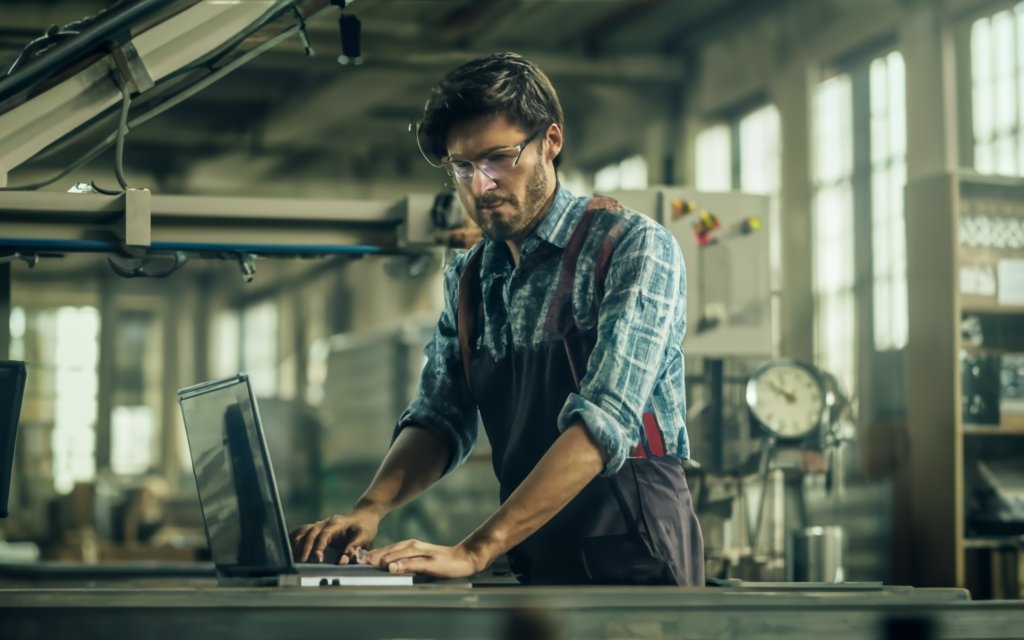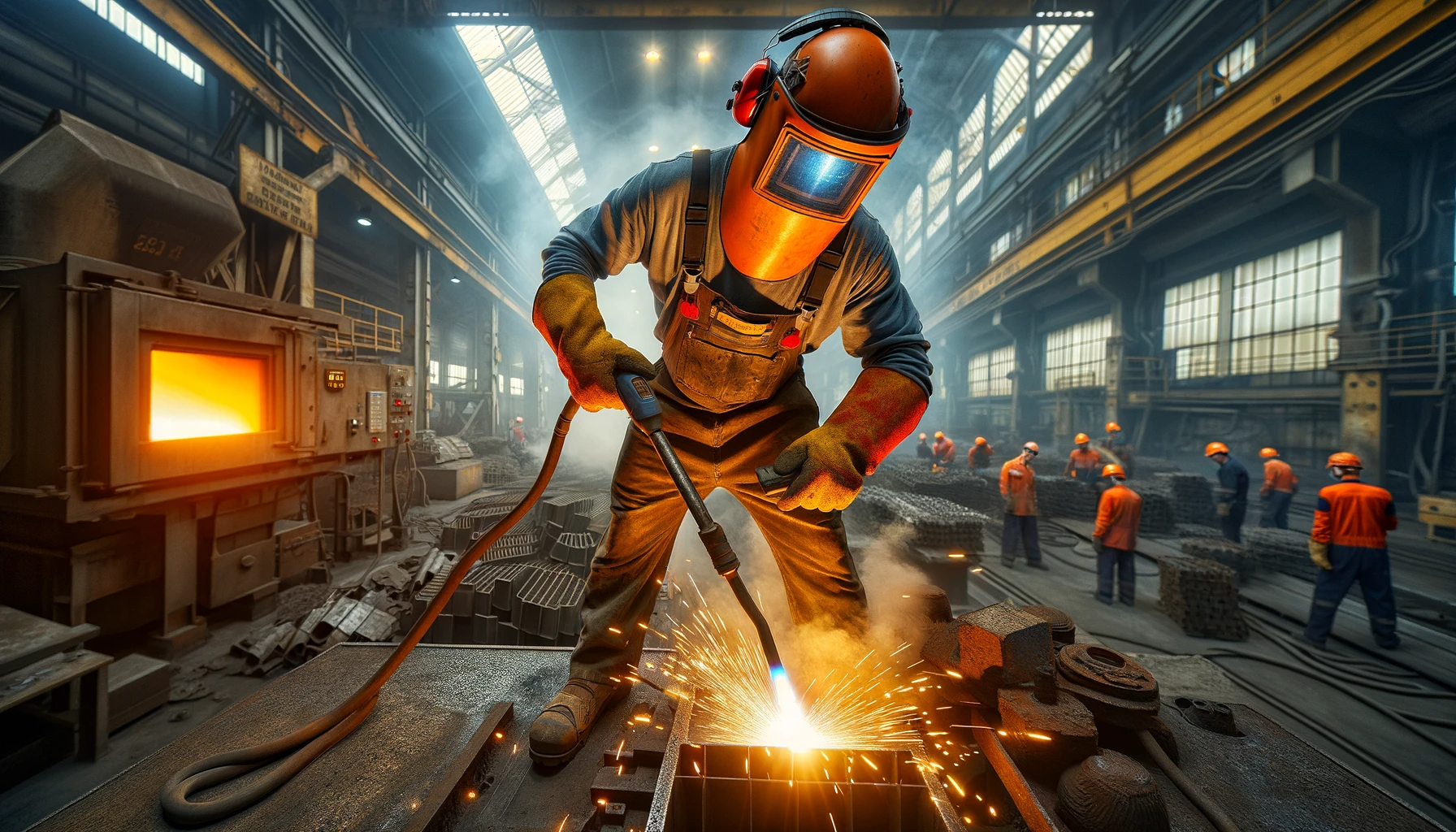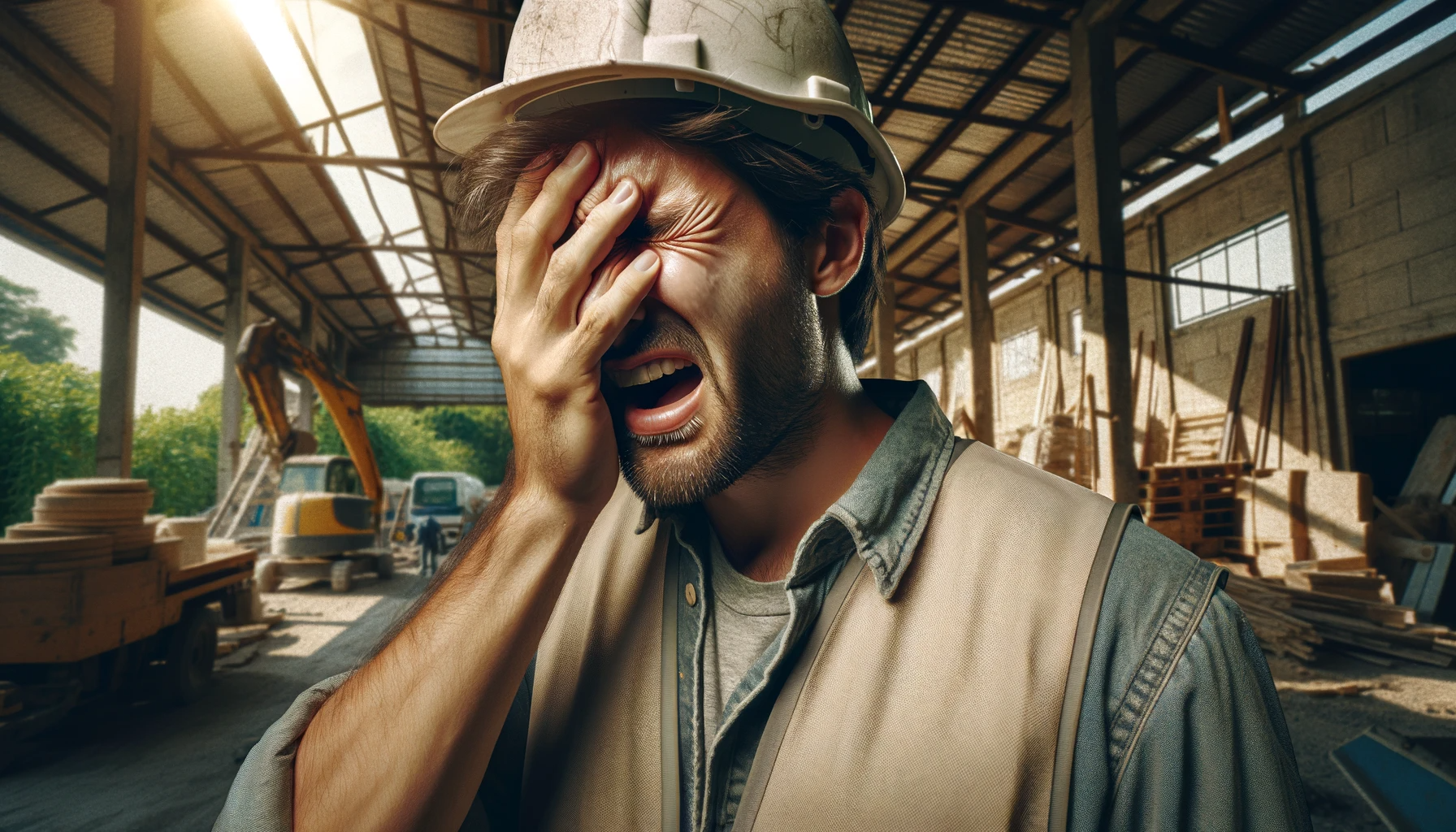When it comes to workplace safety, protecting your eyes should never be overlooked. Eye accidents at work can lead to temporary discomfort, permanent vision damage, or even blindness. Yet, with the right knowledge and tools, many of these incidents are preventable.
Understanding Occupational Eye Hazards
Every job comes with its own set of risks, and the eyes are particularly vulnerable. Occupational eye hazards range from flying debris and chemicals to harmful radiation and digital screen strain. Industries like construction, manufacturing, and healthcare are hotspots for potential eye injuries.The Role of Protective Eyewear
One of the most effective defenses against eye injuries is the use of safety goggles and glasses. These pieces of protective eyewear are designed to shield the eyes from various hazards and are subject to rigorous safety standards to ensure their effectiveness.Eye Safety Protocols and Training
Establishing comprehensive eye safety protocols is crucial. This includes providing training to employees on the risks and the correct use of personal protective equipment (PPE). Regular drills and refreshers can help keep eye safety top of mind.Implementing Eye Protection Tips
There are several eye protection tips that can be integrated into daily routines, such as keeping safety goggles at hand or ensuring workspaces are well-lit and free from hazards. Adapting these tips to fit the unique demands of different work environments is key.Eye Hazard Assessment
Conducting thorough eye hazard assessments helps identify potential risks and the necessary protective measures. This proactive approach is essential for creating a safe work environment.Personal Protective Equipment for Eyes
There is a variety of eye PPE available, from basic safety glasses to more specialized gear like full-face shields. Knowing how to properly use and maintain this equipment is vital for it to be effective.Special Considerations for Different Work Environments
Different work settings require tailored approaches to eye safety. Office workers, for example, need to manage screen eye strain, while those in construction must guard against larger physical hazards.Dealing with Eye Strain from Screens
With the digitalization of the workplace, screen eye strain has become a common issue. Simple changes in screen habits and ensuring proper UV protection can help mitigate these risks.Emergency Procedures and First Aid
Knowing what to do in case of an eye injury is just as important as prevention. Emergency eye wash stations should be accessible, and workers should be trained in basic first aid for eye injuries.Conclusion
Maintaining eye safety at work is a shared responsibility. By understanding the risks, utilizing the right protective equipment, and being prepared for emergencies, we can significantly reduce the incidence of workplace eye injuries.Look for an attorney who has the right legal resources for your legal needs.
Contact us here on the Warmuth Law website or through our hotline 888-517-9888.











